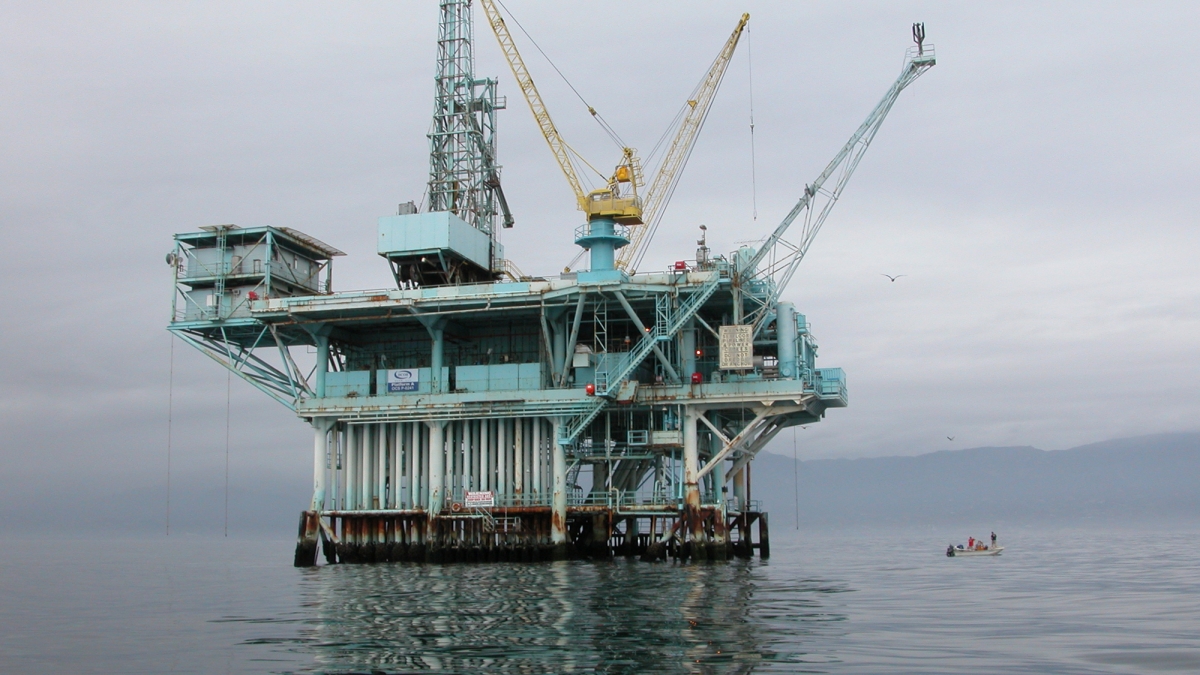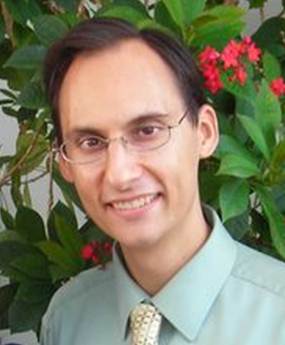Millions worldwide will gather on April 22 to celebrate Earth Day’s 50th anniversary with rallies, conferences, outdoor activities and service projects.
But how many know Earth Day's origin story?
Earth Day now encompasses anything from climate change to deforestation to species extinction to waste issues, but its roots lie in a January 1969 crude oil and gas eruption off the coast of Santa Barbara, California, that thrust pollution into the national conversation.
There was a lot to talk about by the time Union Oil contained the leak, which was months later. In addition to embarrassing news reports from around the world, the environmental damage was staggering: Approximately 3 million gallons of crude oil had been spewed into the Pacific Ocean, causing black sludge to spread across 35 miles of pristine California coastline. It also killed thousands of fish, birds, sea mammals and other marine life.
The spill did have one positive outcome: It was the impetus for Earth Day, which marks the birth of the modern environmental movement.
Oil spills still get a lot of headlines when they happen, but scientists are working to understand the true ecological impact of these incidents, even years later.
Arizona State University’s Steven Saul is an expert in fish and coral reef population dynamics. Using datasets from the National Oceanic Atmospheric Administration and the Natural Resource Damage Assessment, Saul, a marine ecologist in the College of Integrative Sciences and Arts, is evaluating the impact of the 2010 Deepwater Horizon oil spill on commercially important fish populations and the fishing boats that catch them.
Steven Saul
Question: What kind of damage do oil spills such as Deepwater Horizon cause?
Answer: In addition to loss of human life — 11 people died (at Deepwater Horizon), with many injured — and wildlife — lots of birds, marine mammals and fish were affected, especially as the oil reached the coast — there are other damages. The fishing industry — the focus of my research — was greatly affected for two reasons: 1) Large areas of the Gulf of Mexico where people normally fished were off limits to fishing because those areas were polluted with oil, and 2) because the public assumed that all fish that came from the Gulf of Mexico were polluted with oil and therefore stopped purchasing Gulf of Mexico seafood for some time. Together, these two factors caused financial hardship to those who commercially fish in the Gulf of Mexico, in addition to professional fishing guides and party boat operators who take people out fishing recreationally. Finally, as oil started washing up on beaches, tourism stopped in many locations along the Gulf Coast, either because the beach was polluted with oil or, again, because of the public perception that all Gulf of Mexico beaches were polluted. This had a ripple effect on the economy of coastal communities, causing financial hardship. Even industries you might not think of right away — like the sale of gasoline, boat mechanics, etc. — were affected because the fishing boats remained at the dock and therefore didn’t purchase gas.
Q: What happened to all the oil in the Gulf of Mexico?
A: From what scientists understand:
- Some of the oil that remained on the surface was broken down by the dispersant chemicals sprayed on it from aircraft. These chemicals break the oil into smaller droplets so that it can be more easily gotten rid of.
- Oil on the surface of the water was broken down by the sun and microbes.
- Some was absorbed into the ecosystem. Nature can handle some oil and naturally break it down — the Gulf of Mexico actually has some naturally occurring oil seeps, which are areas where oil naturally bubbles up from the ocean floor into the water.
- A lot of the oil sank to the bottom of the deep part of the Gulf of Mexico around where the well leaked, about 5,000 feet down, and research with underwater submersibles show parts of the deep Gulf covered with a layer of oil. Despite being very deep and dark, there is an entire ecological community down there which was smothered with oil.
- Some of the surface oil was moved around by the ocean currents and interacted with fish larvae and plankton in different locations.
Q: Do the companies responsible for spills pay for these damages?
A: From the Deepwater Horizon accident, both civil and criminal penalties were imposed. I don’t know all the details or full amounts, as there are many components to the settlement, however I do know that some of the funds were directed to pay for the actual clean-up itself — both on beaches and offshore, and the restoration of ecosystems — and some of the money was put into a trust to further Gulf of Mexico research so that we have a better understanding of the Gulf of Mexico ecosystem and can better quantify damages and improve our response and restoration efforts in case this happens again. Funds for research are managed by the Gulf of Mexico Research Initiative and a few other entities, and interested scientists with research ideas competed for grants from this pool of funds. Some of my Gulf of Mexico research is funded by lawsuit money I was awarded after applying for one of the grants.
Top photo: Platform A at the Dos Cuadras offshore oil field, Santa Barbara, site of the famous Santa Barbara oil spill of 1969. Photo courtesy of Wikimedia Commons
Infographic by Alex Cabrera
More Environment and sustainability

A 6-month road repair that only takes 10 days, at a fraction of the cost? It's reality, thanks to ASU concrete research
While Arizona’s infrastructure may be younger than its East Coast counterparts, the effects of aging in a desert climate have begun to take a toll on its roads, bridges and railways. Repairs and…

Mapping DNA of over 1 million species could lead to new medicines, other solutions to human problems
Valuable secrets await discovery in the DNA of Earth’s millions of species, most of them only sketchily understood. Waiting to be revealed in the diversity of life’s genetic material are targets for…

From road coatings to a sweating manikin, these ASU research projects are helping Arizonans keep their cool
The heat isn’t going away. And neither are sprawling desert cities like the metro Phoenix area.With new summer records being set nearly every year — 2024 was the warmest year on record for…




